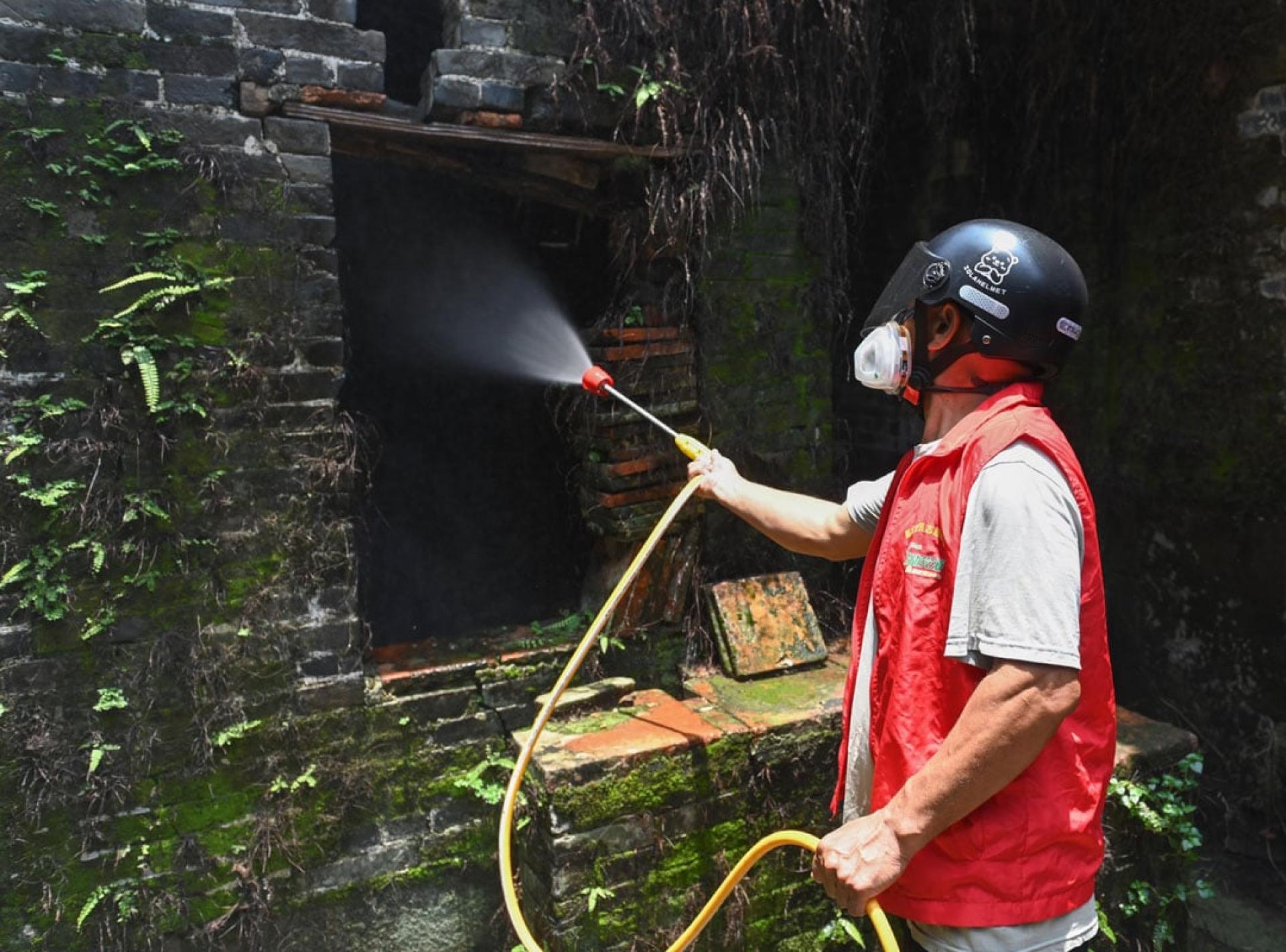According to an official report, Macau recorded its first local case of Chikungunya fever (also known as chikungunya disease) on the 1st.
The patient is a 34-year-old Macau resident who developed a sore throat on July 27, without fever or joint pain and other discomforts. On the same day, he underwent a Chikungunya virus test, which was negative. His symptoms persisted, and on August 1 he developed rashes on both upper limbs and chest. He then sought medical treatment at a hospital, where testing confirmed he was positive for the Chikungunya virus.
On the night of the 1st, Macau's Health Bureau reported that the patient is currently in stable condition and is being isolated and treated in hospital. Based on the patient's travel history, the timing of symptoms, and testing results, the case has been classified as the first local case.
In Guangdong Province, the Chikungunya fever outbreak continues to expand, with cumulative cases now exceeding 5,000, prompting local authorities to comprehensively strengthen epidemic prevention measures. The majority are concentrated in Foshan, but sporadic cases have also been reported in Guangzhou, Yangjiang, Zhanjiang, Macau, and other locations.
Chikungunya fever is an infectious disease transmitted by Aedes albopictus or Aedes aegypti mosquitoes. The clinical manifestations, transmission modes, and preventive and control measures of chikungunya fever are similar to those of dengue fever. The incubation period ranges from 1 to 12 days, usually 3 to 7 days, and the main symptoms are fever and severe joint pain. Other common symptoms include muscle pain, headache, nausea, fatigue, and rash. Most cases are mild and last for several days. Severe and fatal cases are rare, but joint pain can be severe enough to affect daily activities and may last several weeks to months. Treatment is mainly symptomatic.
